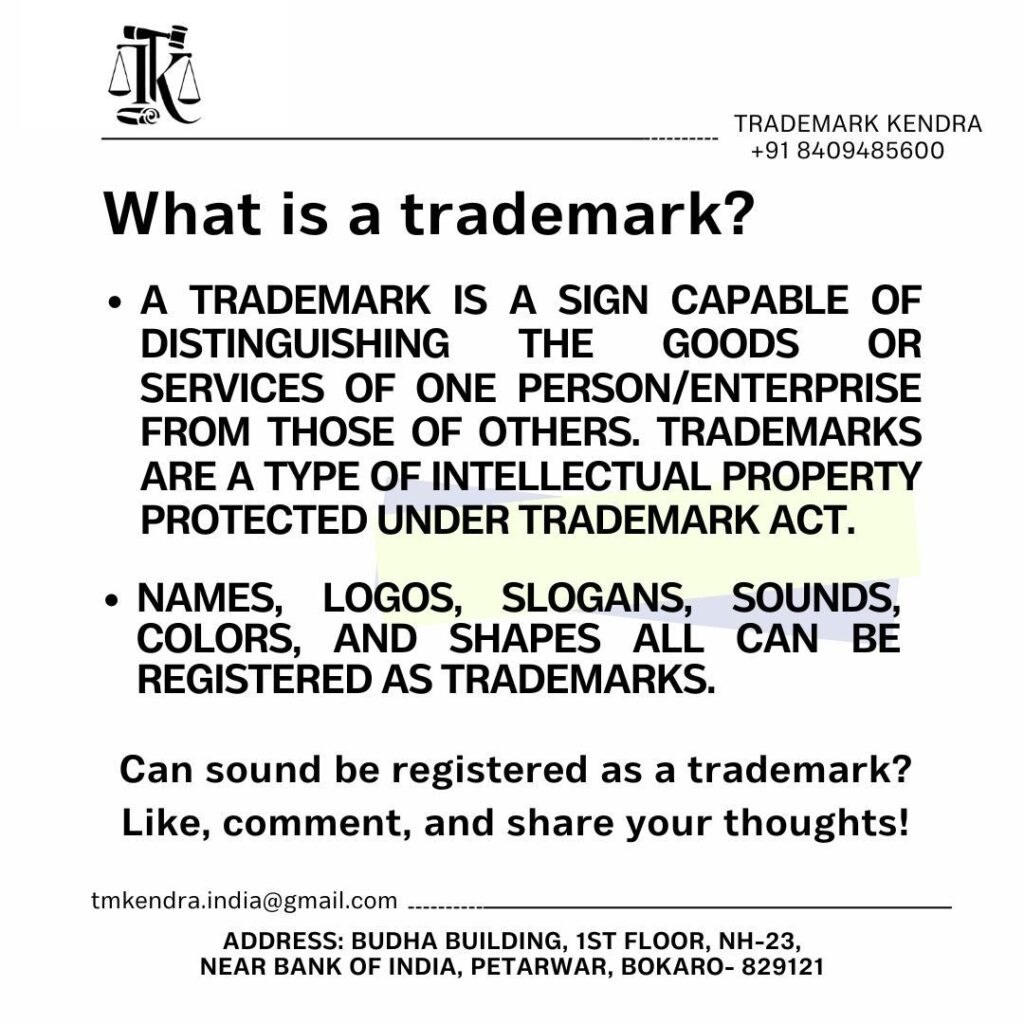today’s competitive business environment, ensuring that your brand stands out while being legally protected is crucial. One of the first steps in safeguarding your brand identity is conducting a thorough trademark search. This guide will walk you through the process of conducting a trademark search, tailored for business owners, startups, entrepreneurs, and legal professionals.
Why Conduct a Trademark Search?
A trademark search is essential for several reasons:
- Avoid Legal Issues: Identifying existing trademarks prevents potential legal conflicts and costly litigation.
- Brand Protection: Ensures your brand name, logo, or slogan is unique and distinguishable.
- Registration Success: Increases the likelihood of successful trademark registration by identifying potential conflicts early.
Steps to Conduct a Trademark Search
1. Preliminary Search
Start with a basic search to quickly identify any obvious conflicts:
- Online Search Engines: Use search engines like Google to check for existing brands with similar names or logos.
- Social Media Platforms: Look for similar names or logos on platforms like LinkedIn, Facebook, and Instagram.
2. Official Trademark Database Search
Conduct a comprehensive search in official trademark databases, where you want to register your trademark such as:
- Conduct a comprehensive search in official trademark databases:
- India: Use the Indian Trademark Office database via the IP India website.
- United States: Use the USPTO (United States Patent and Trademark Office) database via the Trademark Electronic Search System (TESS).
- European Union: Use the EUIPO (European Union Intellectual Property Office) database via the eSearch Plus tool.
- United Kingdom: Use the UKIPO (United Kingdom Intellectual Property Office) database via the UK Government website.
- Australia: Use the IP Australia database via the Australian Trade Mark Search.
- Canada: Use the CIPO (Canadian Intellectual Property Office) database via the Canadian Trademarks Database.
- International Databases: Use WIPO’s (World Intellectual Property Organization) Global Brand Database for international trademarks.
3. Analyzing Search Results
Carefully review the search results for potential conflicts:
- Similarity in Appearance and Sound: Compare your proposed trademark with existing ones for similarities in look and pronunciation.
- Similarity in Goods/Services: Check if the existing trademarks are used in the same or related industries.
- Geographical Scope: Ensure the trademarks are not used in the same regions where you plan to operate.
4. Common Law Search
In addition to official databases, conduct a common law search:
- Business Directories: Search business directories for unregistered trademarks that might still have legal protection.
- Domain Name Search: Check if the domain name for your trademark is available using services like WHOIS.
Tips for Trademark Search
Follow these best practices to ensure an effective trademark search:
- Be Thorough: Conduct searches in all relevant databases and regions where you plan to operate.
- Stay Updated: Regularly update your search to account for new trademarks filed after your initial search.
- Document Everything: Keep detailed records of your search process and findings for future reference.
Conclusion
Conducting a thorough trademark search is a critical step in establishing and protecting your brand. By following these steps, business owners, startups, entrepreneurs, and legal professionals can ensure their trademarks are unique and legally protected.
Need assistance with trademark searches or registration? At TRADEMARK KENDRA , we specialize in comprehensive IPR legal services. Don’t forget, we offer FREE consultancy every Friday. Contact us today to secure your brand’s future!


